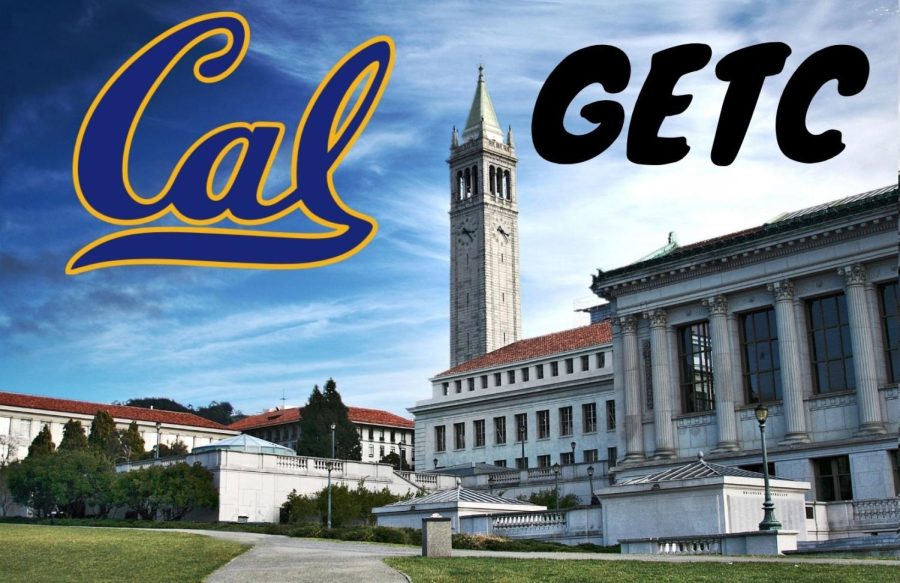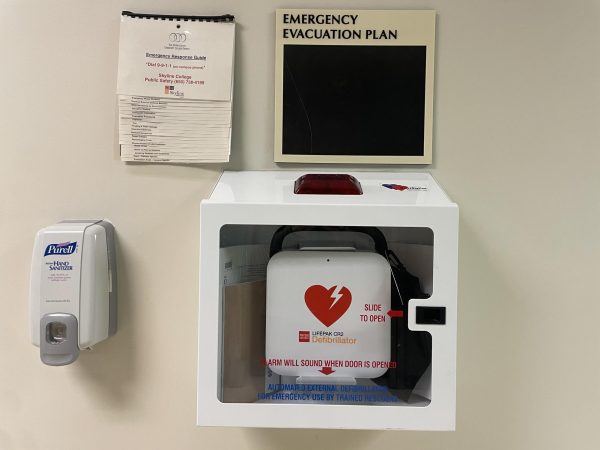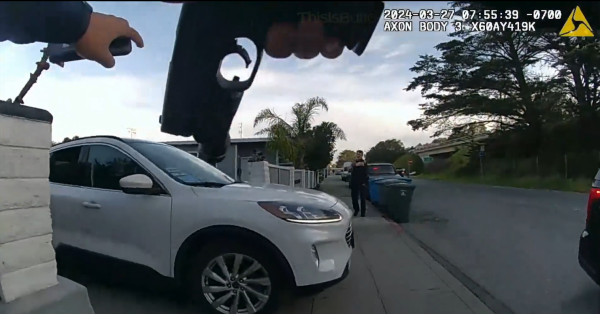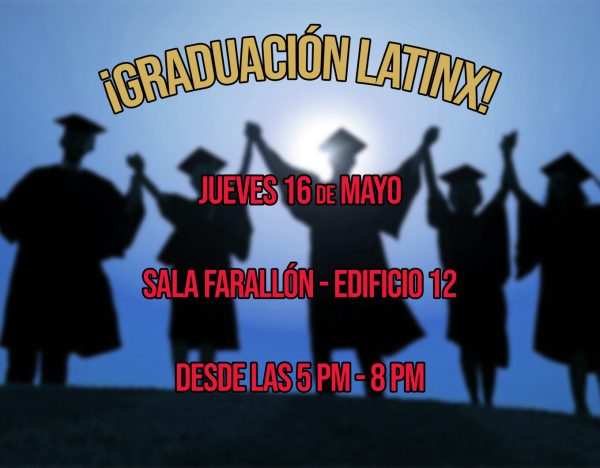California needs Cal-GETC
California educational institutions need to make the transition from its community colleges to public universities as accessible as possible.
California needs Cal-GETC.
California needs a single standardized series of courses for community college students to directly transfer to both the University of California (UC) and California State University (CSU) systems. Cal-GETC’s revisions to the existing UC intersegmental requirements will accomplish this goal and should be implemented as soon as possible.
While California higher education has historically made efforts toward bridging the economic gaps within its institutions via effective and transparent community college transfer pathways to four-year universities, the system is still gravely flawed.
More prestigious institutions like the UCs remain costly for a majority of community college students. And the CSUs continue to be underfunded with major budget deficits.
Furthermore, economics aside, the concrete pathways for community college students interested in higher education is even worse off.
First, although both are designated California public schools in name, the CSU and UC applications are separate. One of the initial steps to combating inequality in California’s lower income and marginalized students is to simplify its students’ processes by creating a single application for all California public universities.
This can be implemented very similarly to how each of the distinct applications are already set up for their respective systems. If you want to apply to UC Irvine and UC Davis, you can do so through one UC application. Similarly, if you want to go to San Francisco State or Sonoma State, it is under one CSU application.
My question is, why were these applications ever separate to begin with? The separation between the more internationally recognizable UC brand and publicly accessible CSU one demonstrates an inherent level of entrenched classism between the two University systems.
The UCs have historically been, and still are more expensive institutions to attend than the CSUs.
Despite increased access to the UCs through its IGETC course pattern, most students from community colleges like Skyline are more likely to attend the CSUs than the UCs, not because they aren’t smart enough for the UCs, but because the schools are simply out of their budget.
As it stands today, the general education requirements for transfer to the UCs and the CSUs are not the same, meaning that not all courses at community colleges are transferable to both University systems.
Take the beginning newspaper class (JOUR-320) at Skyline for example. JOUR-320 is transferable for credit at the CSUs, but not to the UCs. Thus, students pursuing a future career in journalism and interested in transferring to the UCs may be forced to shed classes of interest simply to meet credit requirements.
That is blatantly unfair and hypocritical for an educational institution whose purpose claims to be igniting and fostering a passion for learning.
The newly proposed Cal-GETC general education requirement model may not rectify that issue directly, but will provide more standardized clarity that will aid passionate students as well as the economically disadvantaged populations of community colleges to carve out a less complicated and more direct path toward higher education.
While community college students are intelligent, they shouldn’t be forced to shoulder the burden of academic bureaucracy to attend the best public means of higher education in their state.














